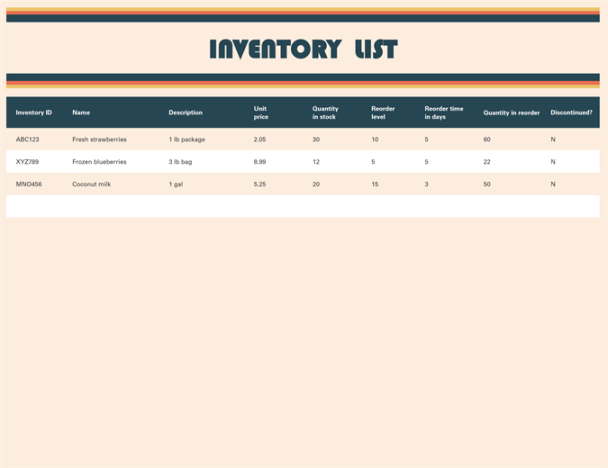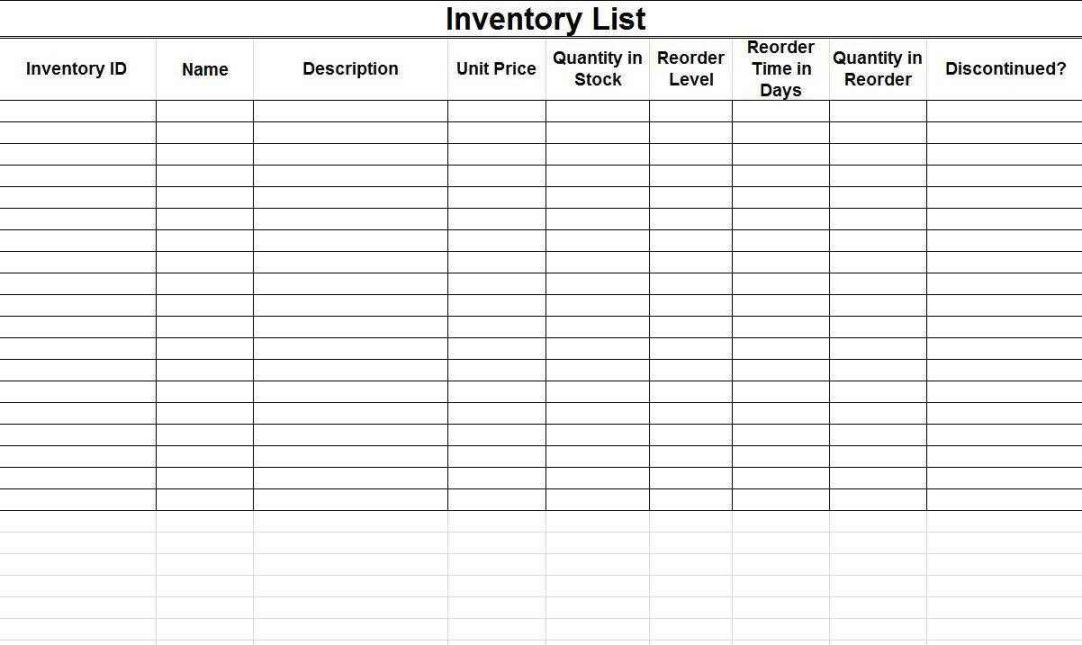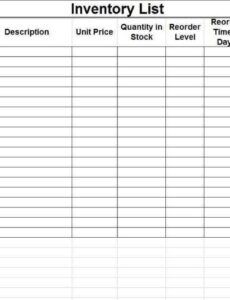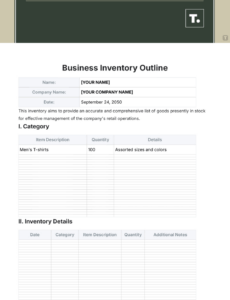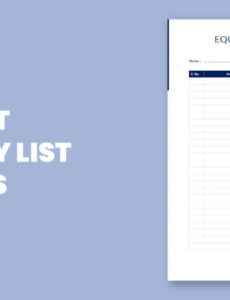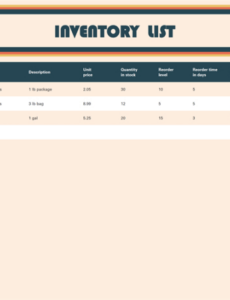Editable tool inventory list template mechanic tool inventory list template example -Have you ever felt like you’re wasting effort repeatedly whenever you try to structure your ideas? Whether you’re arranging food supplies, keeping up with assignments, or writing down travel essentials for your future travel plans, beginning without a guide can be a real time sink. That’s where a powerful resource called a list template comes in. It’s a structured outline that offers a starting point for designing multiple checklists, cutting down unnecessary work and energy.
Think about it: a structured checklist provides a pre-designed framework, cutting down on important effort and mental energy. Regardless of whether you require a basic to-do list, a advanced workflow manager, or a structured task planner, there’s a format out there designed to make organization easier. Forget about adjusting layouts or hesitating on the perfect structure. The time-consuming design has already been taken care of.
Within this write-up, we’ll dive into the realm of structured checklists, exploring their significance, methods to apply them properly, and where to find the most suitable options to align with your purposes. Prepare to reduce frustration and embrace a more organized, productive approach!
The benefits of using a list template are far-reaching and wide-ranging. Aside from the clear productivity boost, they also contribute to better structure, lower chances of oversight, and improved overall productivity. Think about avoiding concerns over whether you’ve forgotten a crucial step in a workflow or overlooked an important item on your shopping list. With a properly structured format, those worries become a thing of the past.
One of the most common uses for organized checklists is designing basic planners. These can be as basic as jotting down a few errands to complete or as advanced as a daily planner with time slots and task rankings. A thoughtfully designed to-do list template can substantially increase productivity by offering a clear roadmap for the day. Consider divisions such as “Work”, Individual matters, and “Errands”, each with its own organized outline.
Another key strength is consistency. Using a structured approach across varied assignments or workflow steps helps create a consistent system, making it easier to evaluate patterns. This is especially beneficial in professional environments where documentation and analysis are necessary. A consistent format also makes it straightforward for others to follow your task organizers, fostering better communication and work alignment.
Another major advantage about using a template is that they are typically available in a range of file types. From plain files to sophisticated spreadsheets, you can select the layout that works for your style and software knowledge. Many digital resources offer a diverse collection of checklists that you can access at no charge or at a low cost.
Finally, don’t underestimate the importance of list templates for creative endeavors. They can be leveraged for concept creation, structuring content, planning travel itineraries, or even creating meal plans. By providing a framework for your planning process, structured organizers can eliminate creative stagnation, manage plans effectively on the go, and plan nutritious meals.
Begin by determining the category of list you need. Do you need a routine task tracker to keep track of your recurring responsibilities? Or are you organizing a major undertaking, like a special occasion or a business rollout? Knowing the scale and objective of your task tracker will help you filter your possibilities and find a structured format that’s tailored to that type of task.
Another excellent resource is online template libraries. Platforms such as Canva, structured format providers, and Smartsheet provide a vast collection of high-quality templates for a broad spectrum of functions. These pre-designed checklists often feature enhanced functionalities and customization options, allowing you to build professionally structured and useful templates. Many of these platforms offer both no-charge and upgraded designs, so you can select the version that best fits your available funds and requirements.
Moving forward, consider the layout and design of your checklist. What method will the data be organized visually? Should you opt for vertical listings, horizontal divisions, or a flexible layout? Reflect on the sequence of details and what adjustments can be made to be as accessible as possible. Use distinct sections, harmonized designs, and clean visual separation to improve readability.
Don’t be afraid to test different options with multiple formats to locate the ones that fit perfectly. Consider acquiring a variety of designs and modifying them to identify what works best. Think about the elements that are highly valuable to you, such as simplicity, editing capabilities, and integration with your preferred applications. It is wise to test various options for a specific purpose.
So, the next moment you see yourself handling an overwhelming workload or experiencing frustration with a complex set of details, remember the benefits of the list template. It might just be the hidden advantage you need to conquer your challenges and accomplish great results.
